Home>Furniture & Design>Interior Design Trends>How To Organize A Playroom
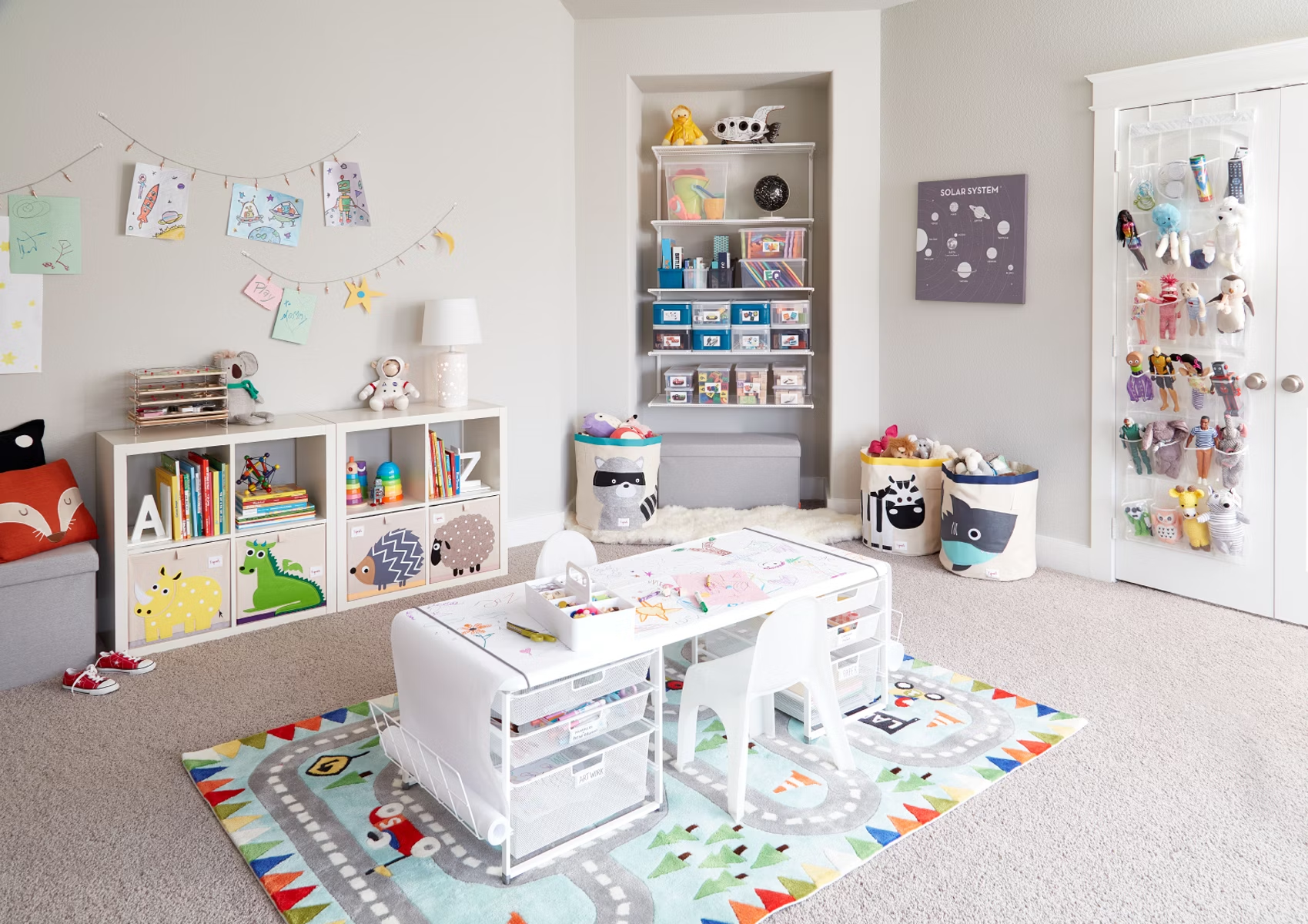

Interior Design Trends
How To Organize A Playroom
Published: March 2, 2024
Discover the latest interior design trends for organizing a playroom. Get expert tips and ideas to create a functional and stylish space for your kids.
(Many of the links in this article redirect to a specific reviewed product. Your purchase of these products through affiliate links helps to generate commission for Storables.com, at no extra cost. Learn more)
Setting Up the Space
Setting up a playroom is an exciting project that can be both fun and functional. When organizing a playroom, it's important to consider the layout and design of the space. Start by assessing the available space and determining the best layout for the playroom. Consider factors such as natural light, accessibility, and safety. Once you have a clear understanding of the space, you can begin to plan how to utilize it effectively. Whether it's a small corner in the living room or a dedicated room, the goal is to create an inviting and organized space for children to play and learn.
Key Takeaways:
- Create versatile storage solutions, involve kids in decluttering, and establish activity zones to organize a fun and safe playroom for children to play and learn.
- Use clear labels, maintain a daily cleanup routine, and involve children in organization to keep the playroom tidy and engaging for imaginative play and learning.
Choosing the Right Storage Solutions
When it comes to organizing a playroom, selecting the right storage solutions is crucial for keeping the space tidy and functional. Here are some tips for choosing the best storage options:
-
Consider the Size of the Room: Take into account the dimensions of the playroom when selecting storage solutions. If the space is limited, opt for compact and versatile storage units that can fit into smaller areas. For larger rooms, you have the flexibility to choose from a wider range of storage options.
-
Versatility is Key: Look for storage solutions that can serve multiple purposes. For example, a storage ottoman can provide seating as well as storage for toys and games. This versatility maximizes the use of space and adds functionality to the playroom.
-
Open vs. Closed Storage: Decide whether open or closed storage is more suitable for the playroom. Open shelves allow for easy access to toys and encourage children to clean up after themselves. On the other hand, closed storage units with doors or drawers can help maintain a clutter-free look and keep toys out of sight when not in use.
-
Safety First: When choosing storage solutions, prioritize safety. Opt for furniture with rounded edges and consider securing heavy or tall units to the wall to prevent tipping. Additionally, avoid storage units with sharp corners or small parts that could pose a choking hazard.
-
Child-Friendly Design: Select storage solutions that are designed with children in mind. Look for bins, baskets, and shelves that are easy for kids to access and use. Consider incorporating colorful and playful designs that complement the overall theme of the playroom.
By carefully considering these factors, you can choose storage solutions that not only keep the playroom organized but also contribute to a safe and enjoyable environment for children to play and learn.
Sorting and Decluttering Toys
Sorting and decluttering toys is a crucial step in organizing a playroom. It's essential to go through the toys and belongings to determine what should stay and what can be donated, recycled, or discarded. Here's how to tackle this task effectively:
-
Involve the Kids: Encourage children to participate in the sorting process. This not only teaches them about decision-making and responsibility but also allows them to have a say in the organization of their play space.
-
Set Clear Criteria: Establish clear guidelines for sorting toys. Consider factors such as age-appropriateness, condition, and frequency of use. Toys that are broken, missing pieces, or are no longer age-appropriate can be set aside for donation or disposal.
-
Create Sorting Categories: Sort toys into categories such as puzzles, building blocks, dolls, action figures, art supplies, and educational toys. This makes it easier to assess the quantity of each type of toy and determine the appropriate storage solutions.
-
Declutter Ruthlessly: Be decisive when decluttering. If a toy hasn't been played with in a long time or no longer sparks joy, it may be time to let go. Keep in mind that decluttering can create a more manageable and enjoyable play space for children.
-
Rotate Toys: Consider implementing a toy rotation system to keep the playroom fresh and exciting. Store some toys out of sight and periodically swap them with the toys in use. This not only reduces clutter but also maintains children's interest in their toys.
By involving the kids, establishing clear criteria, creating sorting categories, decluttering ruthlessly, and implementing a toy rotation system, you can effectively sort and declutter toys in the playroom, creating a more organized and enjoyable space for children to play and learn.
Use storage bins and labels to keep toys organized and easily accessible. Sort toys by type and designate specific areas for different activities to make clean-up easier for kids.
Creating Activity Zones
Creating activity zones in a playroom is an effective way to organize the space and cater to different types of play and learning activities. Here are some tips for establishing activity zones in the playroom:
-
Identify Play and Learning Areas: Determine the different types of activities that will take place in the playroom, such as imaginative play, reading, arts and crafts, building, and physical activities. Designate specific areas for each of these activities based on the available space and the interests of the children.
-
Imaginative Play Area: Set up a cozy corner with a play kitchen, dress-up costumes, dolls, and stuffed animals. This area can also include a small table and chairs for tea parties or pretend play.
-
Reading Nook: Create a comfortable and inviting reading nook with a bookshelf, bean bags, or a small sofa. Incorporate soft lighting and a variety of age-appropriate books to encourage children to explore the world of reading.
-
Arts and Crafts Station: Dedicate a space for arts and crafts activities, equipped with a child-sized table, storage for art supplies, and a display area for showcasing children's artwork. Consider adding a washable floor covering or a protective mat to contain any messes.
-
Building and Construction Area: Allocate an area for building blocks, LEGO sets, and other construction toys. Provide ample floor space for building and encourage creativity with open-ended building materials.
-
Physical Play Zone: If space allows, create a designated area for active play, such as a mini indoor playground, a hopscotch mat, or a small trampoline. This area can also accommodate gross motor activities and active games.
-
Multi-Purpose Zones: Some areas of the playroom can serve multiple purposes, such as a table that can be used for both arts and crafts and building activities. Flexibility in the use of space allows for a dynamic and adaptable play environment.
By creating distinct activity zones within the playroom, children can easily navigate the space and engage in various types of play and learning experiences. This organization also promotes a sense of order and purpose within the playroom, contributing to a stimulating and enriching environment for children.
Incorporating Labels and Organization Systems
Incorporating labels and organization systems is a key aspect of maintaining an orderly and functional playroom. By implementing clear labeling and effective organization systems, parents and children can easily locate, store, and retrieve toys and materials. Here's how to incorporate labels and organization systems in the playroom:
-
Clear and Visible Labels: Use labels that are easy to read and understand, especially for younger children who may not be able to read yet. Label bins, baskets, and shelves with words and pictures to indicate the contents. For example, a labeled bin with a picture of cars can hold toy cars, while a bin with a picture of dolls can store doll accessories.
-
Color-Coding: Assign specific colors to different categories of toys or activities. For instance, use red for building blocks, blue for art supplies, and green for board games. This visual cue makes it simple for children to identify where items belong and encourages them to return toys to their designated areas.
-
Rotation and Accessibility: Implement a rotation system for toys and materials to keep the playroom fresh and engaging. Use labeled storage containers to organize toys that are not currently in use. Rotate these containers periodically to introduce new items and keep children excited about their playthings.
-
Functional Storage Systems: Invest in storage solutions that are designed to accommodate labels and organization. Look for bins, cubbies, and shelves with built-in label holders or surfaces that allow for easy attachment of labels. This ensures that the labeling system is seamlessly integrated into the storage units.
-
Child-Friendly Organization: Consider the height and accessibility of storage units and labels. Ensure that children can reach and understand the labels on their own. Use clear, simple language and images to facilitate independent organization and cleanup.
-
Maintenance and Adaptability: Regularly review and update the labeling and organization systems as the playroom evolves. As children grow and their interests change, the organization of the playroom may need to be adjusted. Stay adaptable and open to modifying the systems to suit the evolving needs of the children.
By incorporating clear and visible labels, utilizing color-coding, implementing rotation and accessibility, investing in functional storage systems, prioritizing child-friendly organization, and maintaining adaptability, the playroom can remain organized and conducive to imaginative play and learning. These strategies not only promote a sense of order but also empower children to take an active role in maintaining the cleanliness and organization of their play space.
Maintaining the Playroom
Maintaining the playroom's organization and functionality is an ongoing process that requires consistent effort and attention. Here are some essential tips for keeping the playroom tidy and conducive to play and learning:
-
Daily Cleanup Routine: Encourage children to participate in a daily cleanup routine. Set aside a specific time each day for tidying up the playroom. This routine can instill a sense of responsibility and teach children the importance of keeping their play space organized.
-
Teach Organization Skills: Use the playroom as an opportunity to teach children about organization and tidiness. Show them how to sort and store toys properly, emphasizing the importance of returning items to their designated places after use.
-
Regular Decluttering: Schedule regular decluttering sessions to assess the toys and materials in the playroom. Set aside items that are no longer used or have been outgrown, and consider donating or recycling them. This practice helps prevent the accumulation of unnecessary clutter.
-
Check and Refresh Labels: Periodically review the labels on storage containers and shelves to ensure that they remain clear and accurate. As the contents of the playroom evolve, update the labels accordingly to reflect any changes in the organization of toys and materials.
-
Rotate Toys and Activities: Keep the playroom engaging by rotating toys and activities regularly. Introduce new items and retire others to maintain children's interest and prevent boredom. This practice also helps manage the number of toys in use at any given time.
-
Encourage Responsibility: Empower children to take ownership of the playroom's organization. Assign them age-appropriate tasks, such as putting away toys, sorting items, or maintaining specific areas of the playroom. This fosters a sense of responsibility and independence.
-
Regular Maintenance Checks: Conduct regular maintenance checks to ensure that storage units are secure, labels are intact, and the playroom remains safe and organized. Address any wear and tear on furniture or storage solutions promptly to maintain a functional and safe environment.
-
Celebrate Organization: Acknowledge and celebrate the efforts of children in maintaining an organized playroom. Positive reinforcement can motivate them to continue contributing to the cleanliness and orderliness of their play space.
By implementing these maintenance strategies, the playroom can remain a vibrant and organized environment that promotes creativity, learning, and imaginative play. Consistent upkeep and involvement of children in the maintenance process contribute to a harmonious and enjoyable playroom experience for the entire family.
Frequently Asked Questions about How To Organize A Playroom
Was this page helpful?
At Storables.com, we guarantee accurate and reliable information. Our content, validated by Expert Board Contributors, is crafted following stringent Editorial Policies. We're committed to providing you with well-researched, expert-backed insights for all your informational needs.
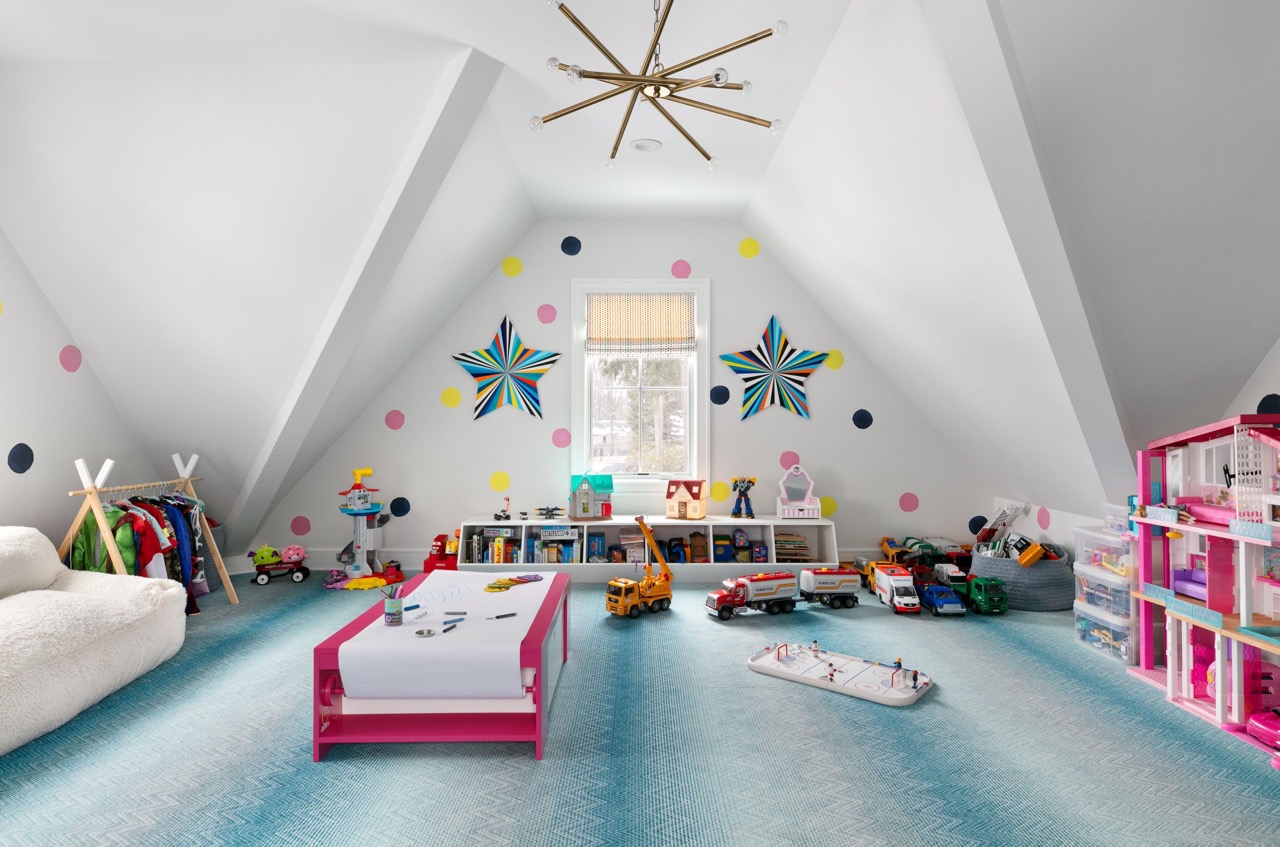
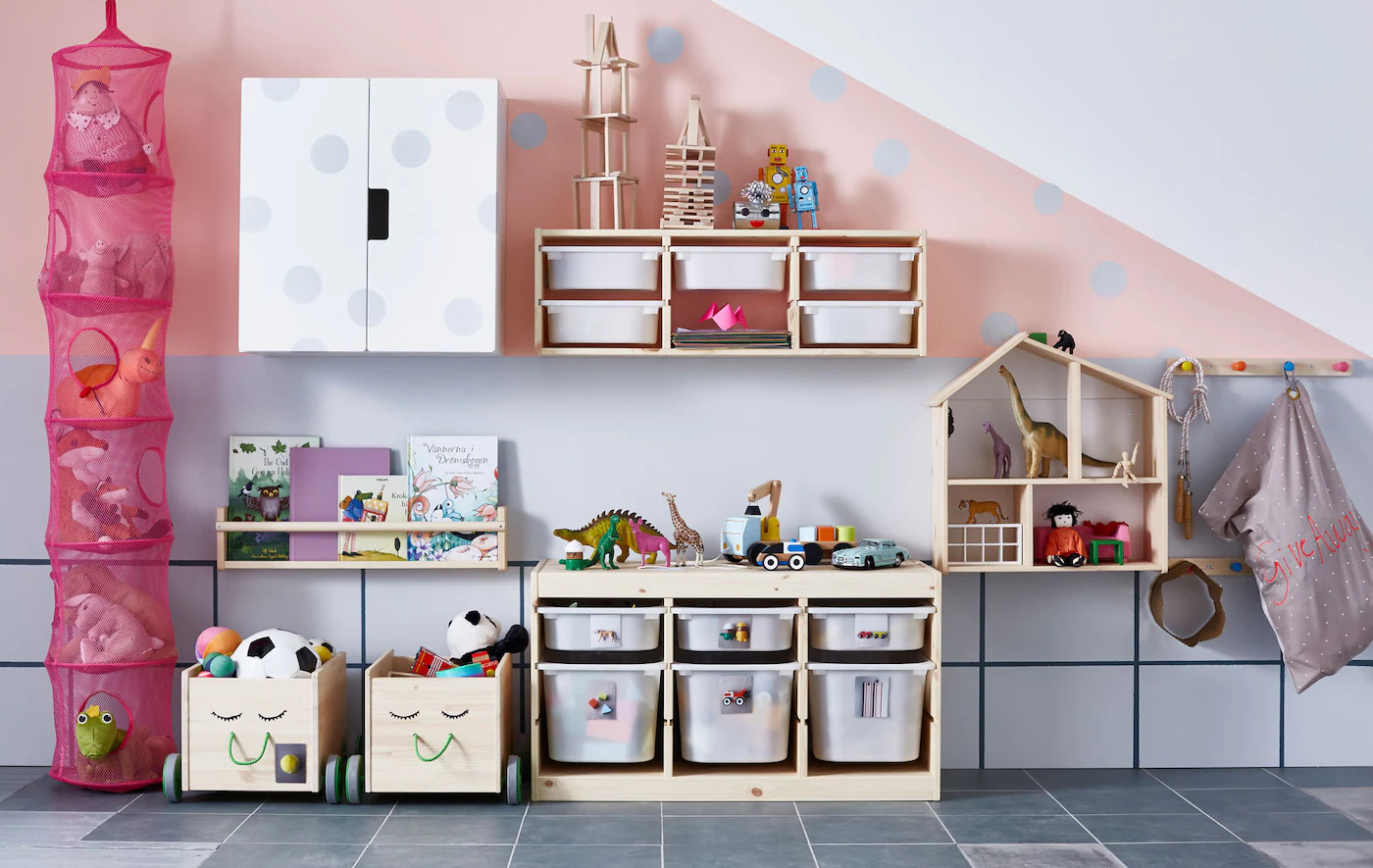
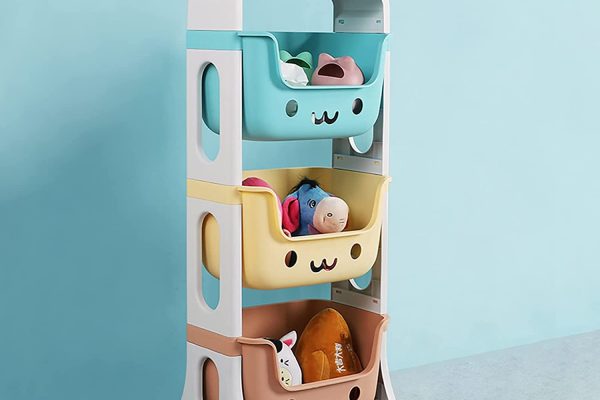
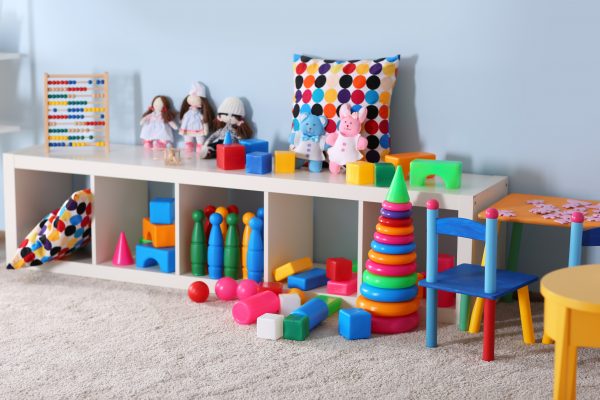
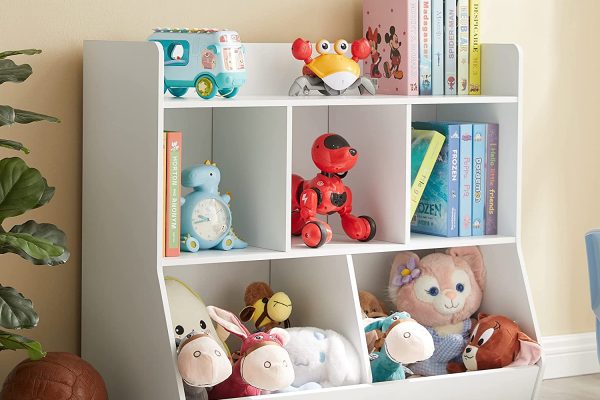
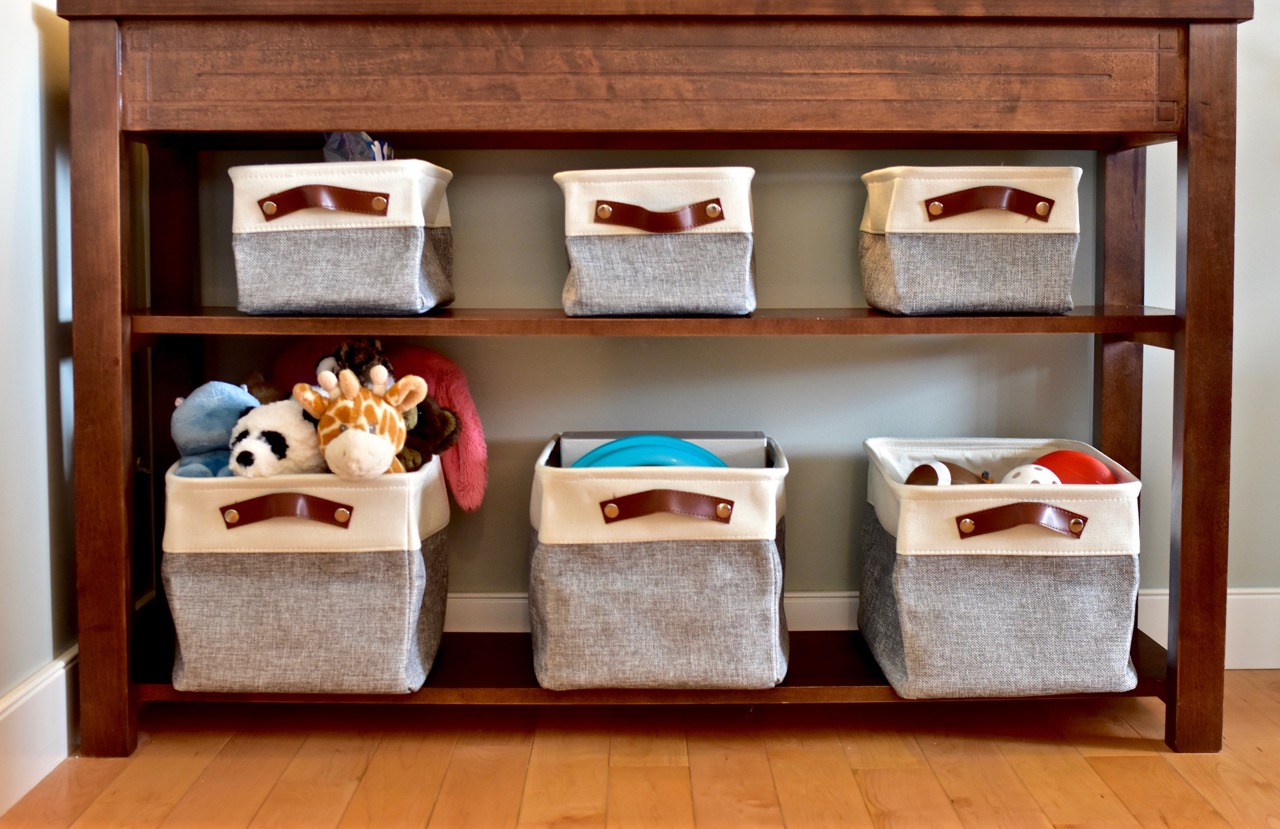
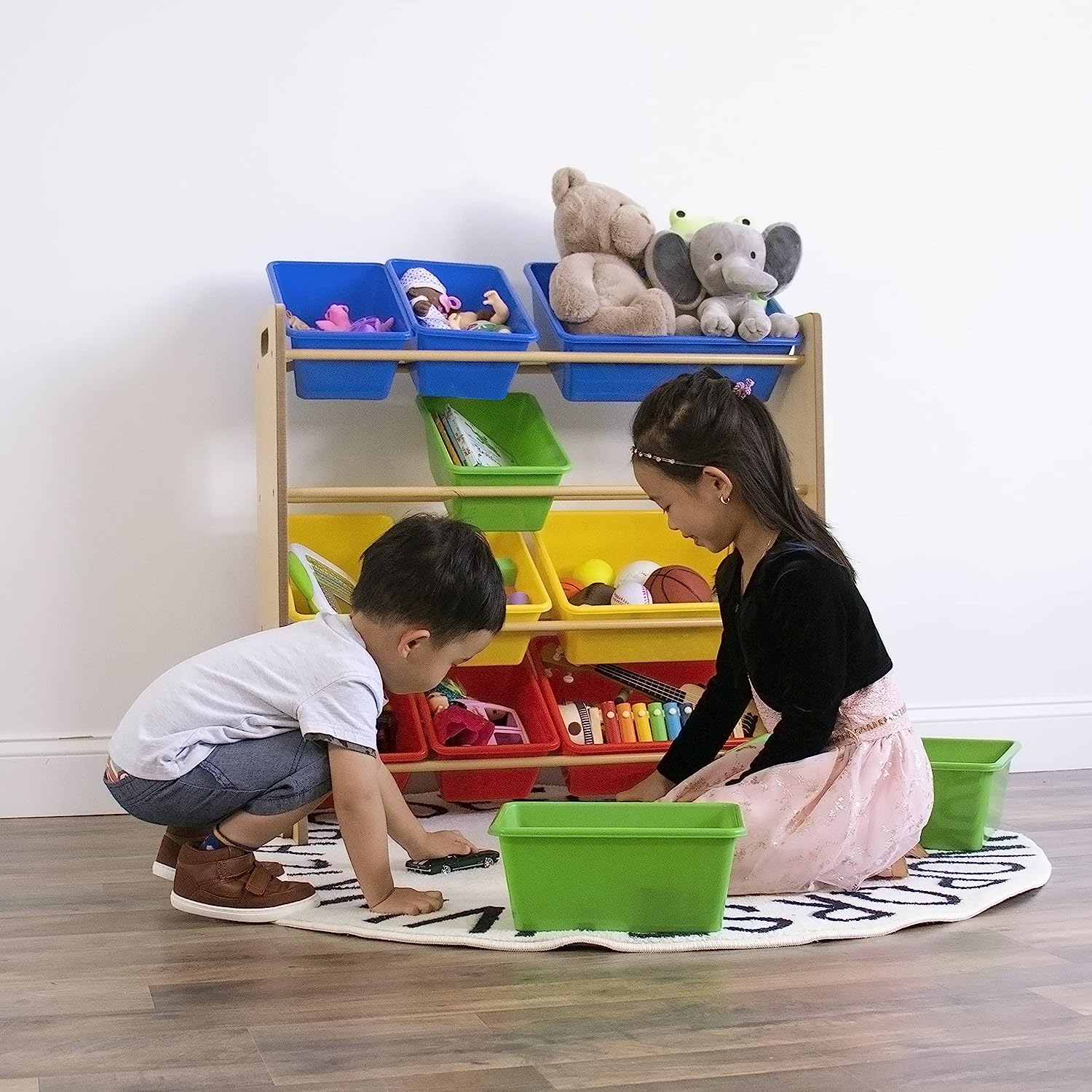
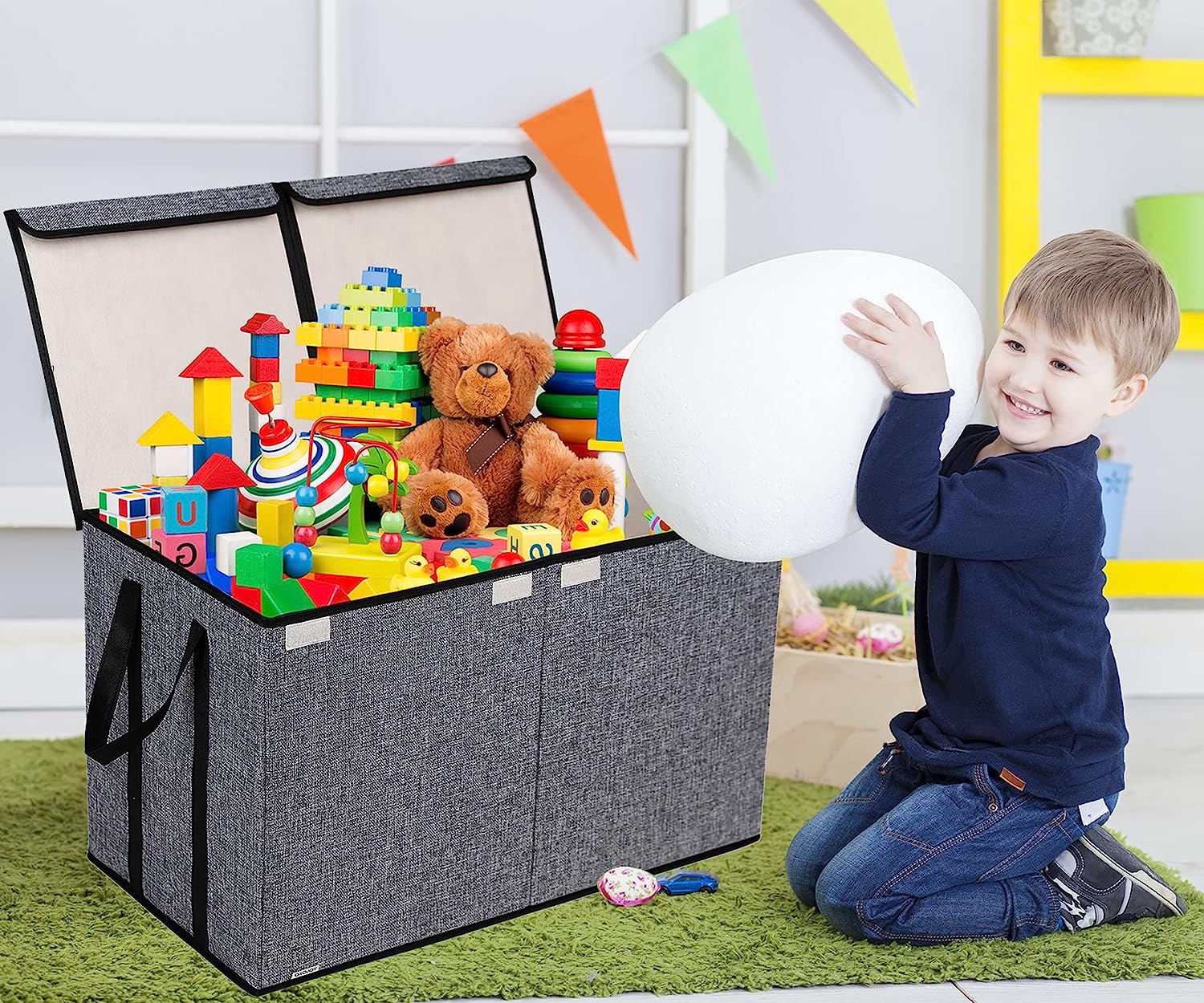
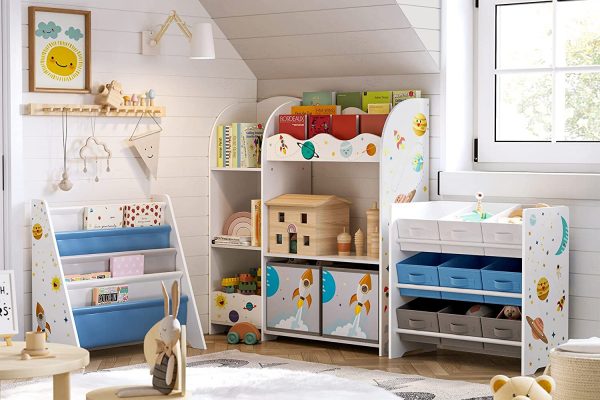
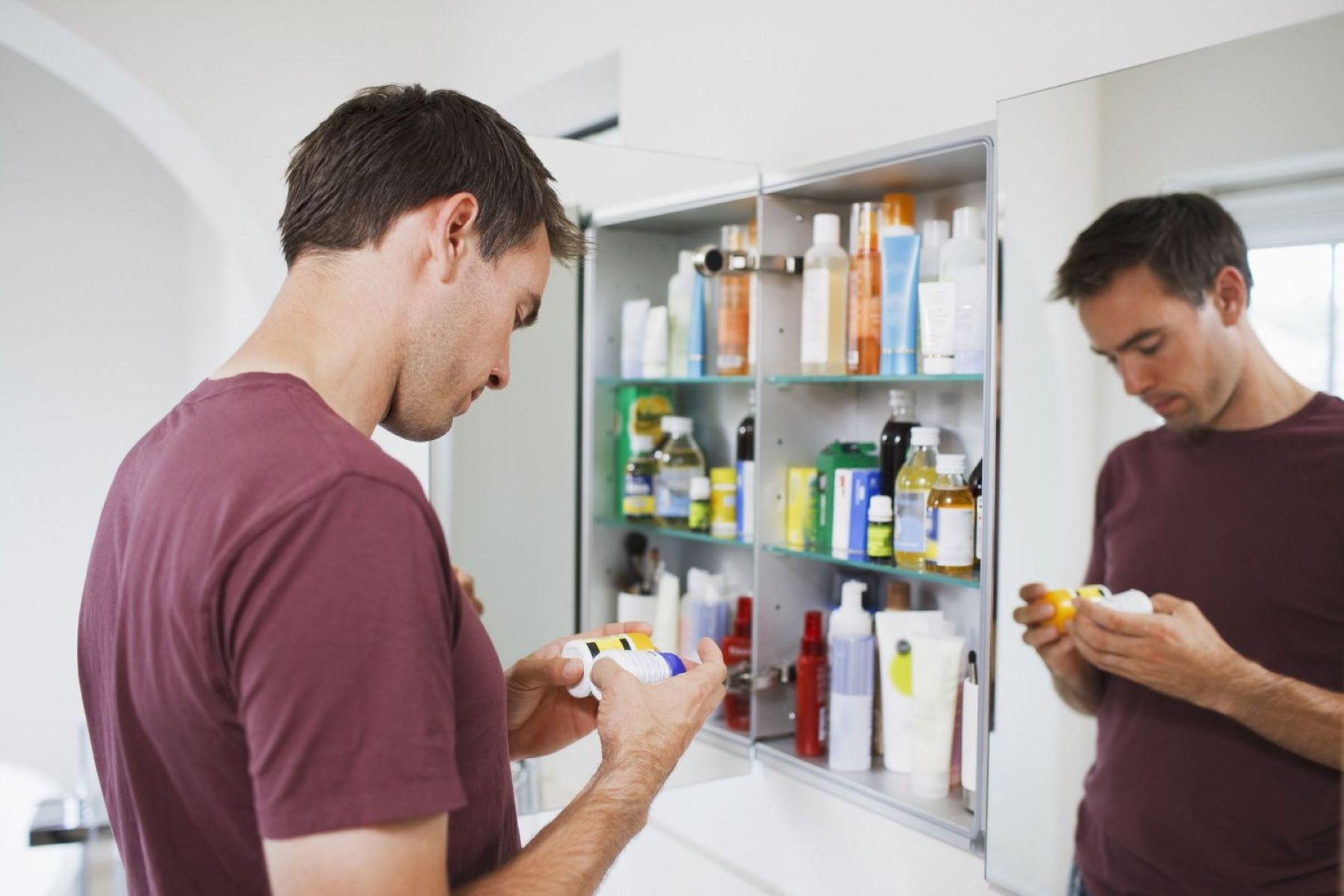
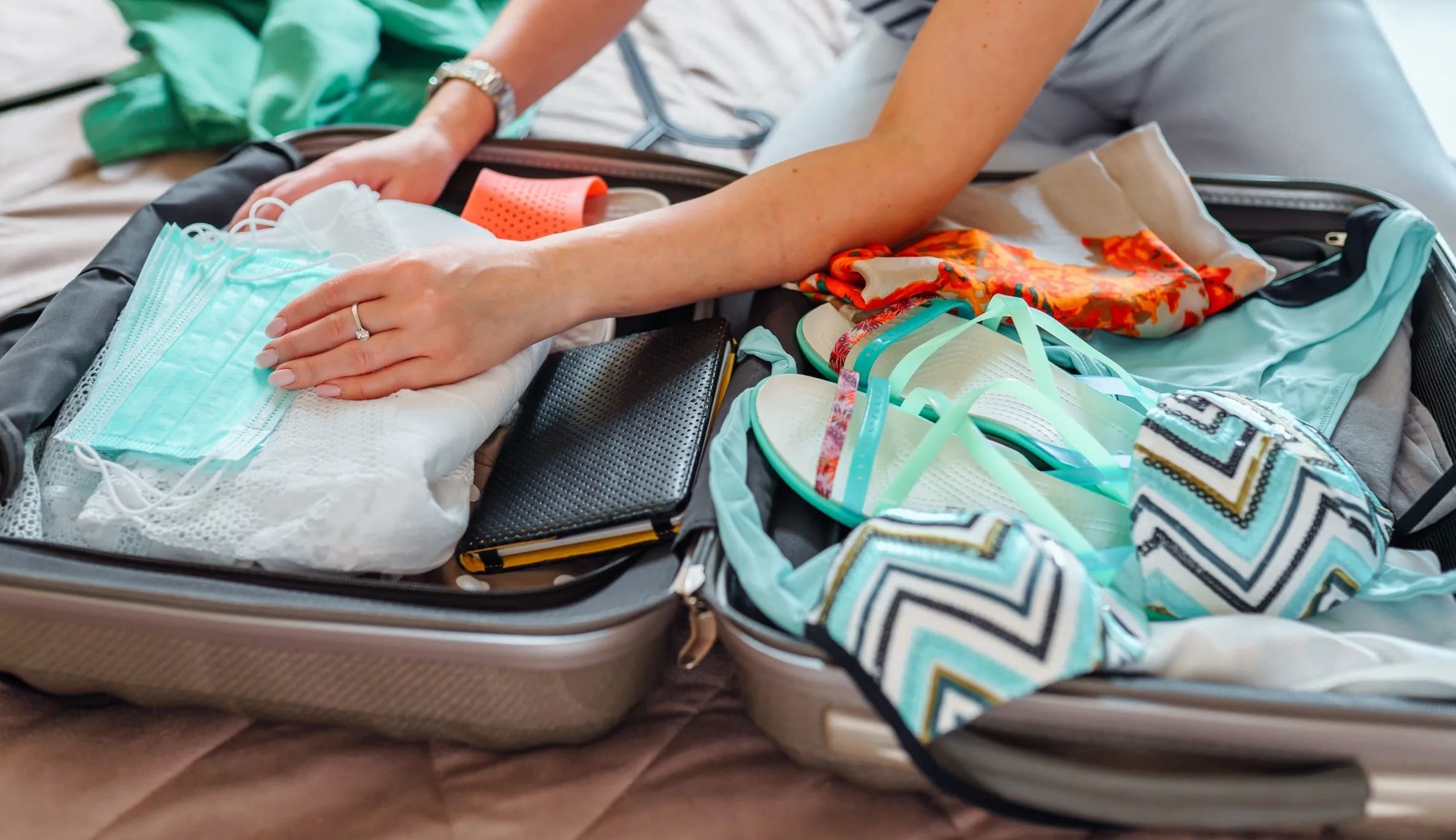
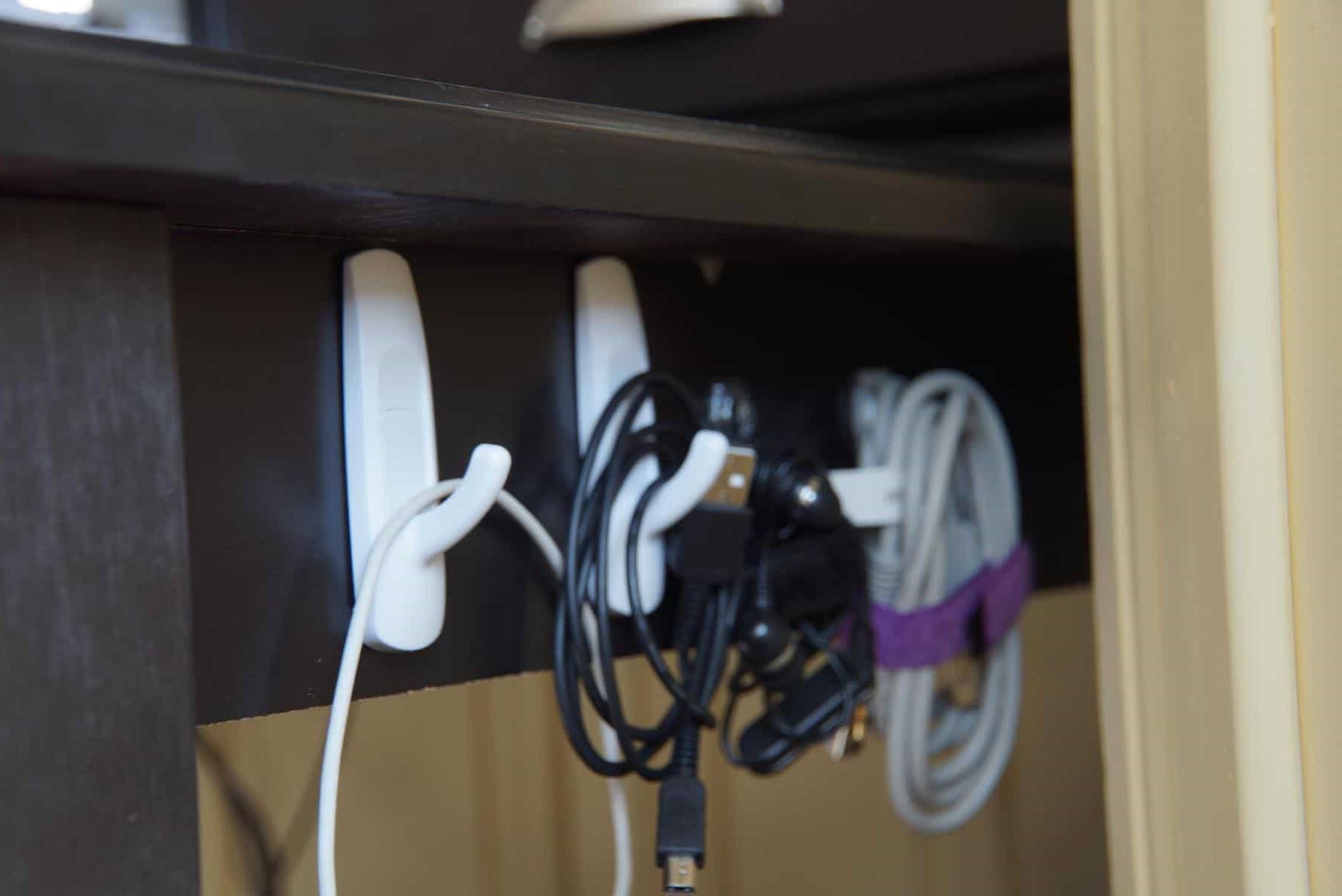

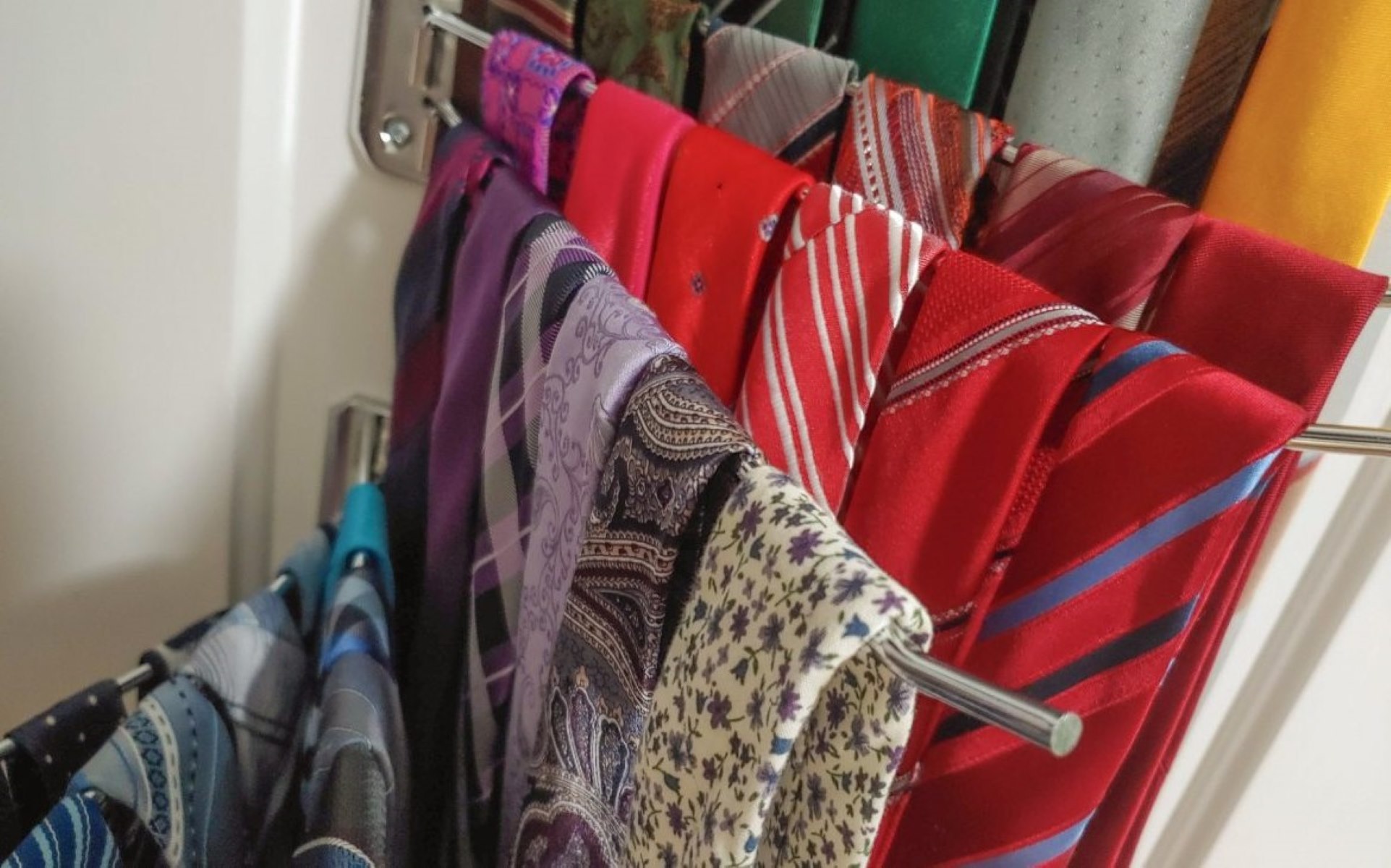

0 thoughts on “How To Organize A Playroom”